Black Walnut - Juglone and Rhododendrons
acrobes
14 years ago
Related Stories

GARDENING GUIDESGet on a Composting Kick (Hello, Free Fertilizer!)
Quit shelling out for pricey substitutes that aren’t even as good. Here’s how to give your soil the best while lightening your trash load
Full Story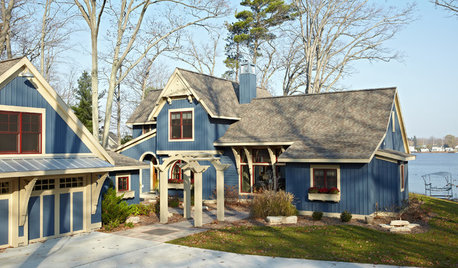
VACATION HOMESHouzz Tour: Historical Details Charm in a Lakeside Michigan Home
Victorian touches harmonize with contemporary amenities in this inviting vacation home with its own dock on the lake
Full Story
GARDENING GUIDESTop 12 Summer-Blooming Perennials for Deer-Resistant Drama
Can you have garden color, fragrance and exciting foliage with hungry deer afoot? These beauties say yes
Full Story
LIFEHouzz Call: Show Us the House You Grew Up In
Share a photo and story about your childhood home. Does it influence your design tastes today?
Full Story
GARDENING FOR BIRDSFeed the Birds: 6 Plants for Abundant Winter Berries
Be kind to your fair feathered friends during lean food times by planting a shrub or tree loaded with nutritious snacks
Full Story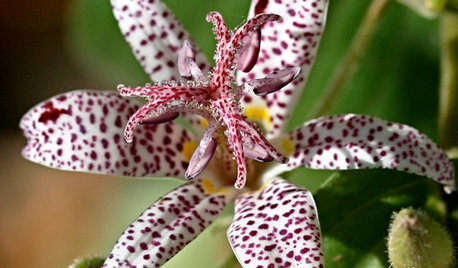
SUMMER GARDENING10 Perennials to Extend Your Garden's Summer Color
Revive summer-weary gardens with outstanding late bloomers such as toad lily, Russian sage, blanket flower and more
Full Story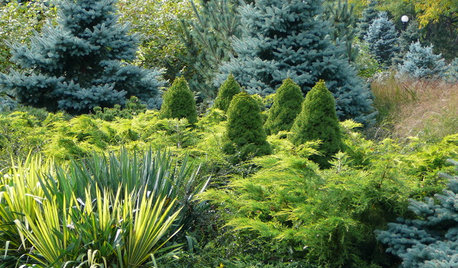
PLANTING IDEASDesigning With Conifers: Layers of Texture for Your Garden
Sharp and prickly or fine like ferns, richly textured conifers bring unexpected interest to the landscape
Full Story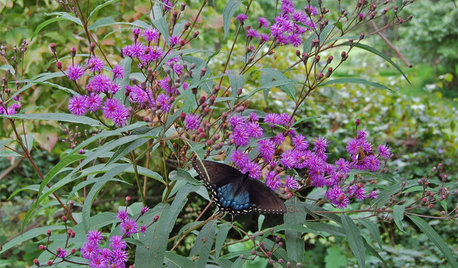
GARDENING GUIDESGreat Design Plant: Vernonia Noveboracensis
Stately New York ironweed attracts pollinators with its blooms at the end of summer and birds with its seeds in fall
Full Story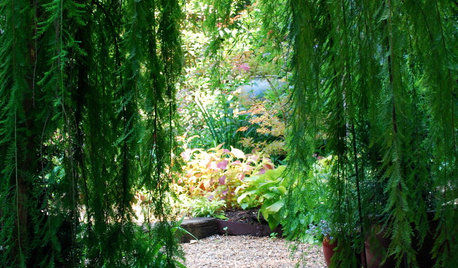
LANDSCAPE DESIGNTo Make Your Garden Memorable, Add a Hint of Mystery
An element of mystique — intriguing gates, an interplay of light and shadow, hidden views — can take your garden to the next level
Full Story





luis_pr
rhodyman
Related Professionals
Piqua Landscape Architects & Landscape Designers · Milford Landscape Contractors · Wakefield Landscape Contractors · Ashburn Landscape Contractors · Commack Landscape Contractors · Dedham Landscape Contractors · Fort Myers Landscape Contractors · Fort Worth Landscape Contractors · Glendale Heights Landscape Contractors · Long Beach Landscape Contractors · Methuen Landscape Contractors · New Cassel Landscape Contractors · North Haven Landscape Contractors · Spring Landscape Contractors · Wailuku Landscape ContractorsActionClaw (Northern Ohio zone:5a/5b)
ego45
rhodyman